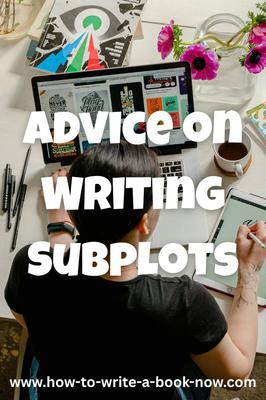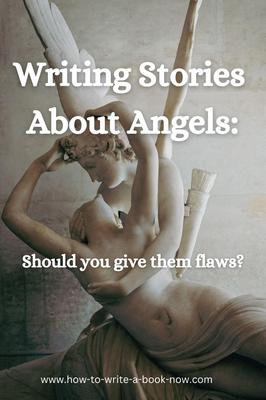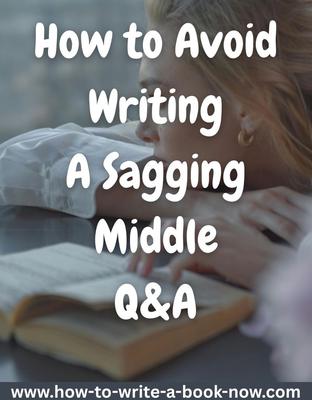Personality Typing Characters
by Amy Knight
(Oxford, England)
Question: I've been using the Myers Briggs personality test (in reverse as with fictional characters) to type the high ranking characters in my book. It's been very helpful in fleshing them out and giving them more concrete personalities, however in a few cases I've started altering certain characters so they aren't too similar. Is it better that none of the characters have the same personality type (to create a more varied pool) or does it matter if a few of them overlap? I'm torn.
Answer: As a general rule, drama comes from putting characters into play with each other who have different approaches to situations and problems. If all the characters are the same, there's no drama.
Dramatica's system of 8 archetypal characters has been compared to the Myers-Briggs or Keirsey sets of personality types, though they don't correspond 1:1. (Just as Keirsey doesn't correspond perfectly with Myers-Briggs).
The biggest difference is that dramatica was based on studying character motivations in stories whereas the others stem from psychological research.
However, for interest sake, below are the loose correspondences between the Keirsey/MBTI and dramatica systems, as they strike me. I'll put
Dramatica/Keirsey/MBTI
Protagonist/Operator/STP
pursue, consider (expediting)
Antagonist/Engineer/NTP
avoid, reconsider (constructing)
Guardian/Coordinator/NTJ
help, conscience (arranging)
Contagonist/Entertainer/SFP
hinder, temptation (improvising)
Sidekick/Conservator/SFJ
support, faith (supporting)
Skeptic/Administrator/STJ
doubt, disbelief (regulating)
Reason/Mentor/NFJ
logic, controlled (developing)
Emotion/Advocate/NFP
feeling, uncontrolled (mediating)
In dramatica, the general rule is that no two characters should be assigned the same motivations in the story--or at the very least, not in the same scene. Otherwise, they are redundant.
Dramatica also allows you to recombine traits to create non-archetypal characters. However, the guideline is that one character should not be assign two contradictory motivations. For instance, a character should not be assigned both "pursue" and "avoid," because he would be fighting with himself. Ditto with "reason" and "emotion," or "faith" and "doubt."
Of course, relationships often work best when the characters have certain traits/beliefs/approaches in common, but may not see eye-to-eye in other areas. Those other areas can lead to conflict (constructive or destructive) or dependency (where one character prevents or promotes the other's efforts) or companionship (where they inadvertently aid or inhibit each other).
Here's a little more about dramatica's archetypes, if it interests you...
https://www.how-to-write-a-book-now.com/archetypal-characters-in-dramatica.html
Comments for Personality Typing Characters
|
||
|
||
- Home
- Character Questions
- Personality Typing Characters















